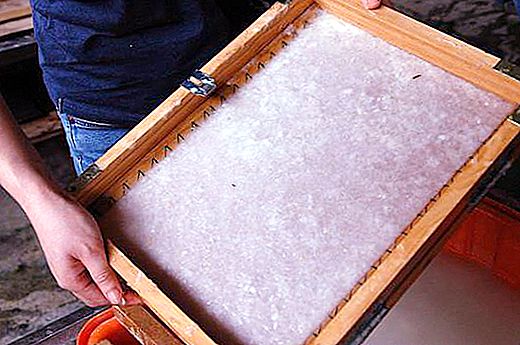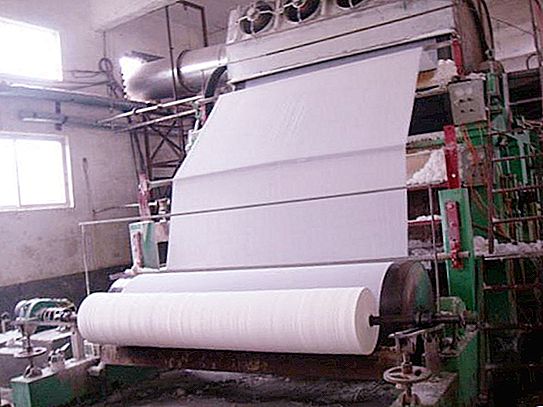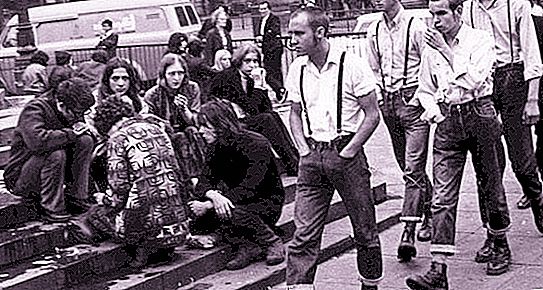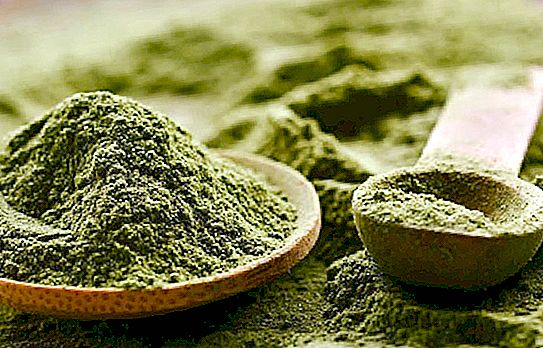The processing of paper waste, that is, waste paper, is a very relevant activity for today, which allows to significantly save natural resources. In addition, the collection and processing of waste paper is a business that annually brings a steady profit.
Large companies that process more than 100 tons of “paper garbage” annually, not only supply the Russian consumer, but also export their products to European countries. Together with large factories that produce paper products from recycled fiber, small enterprises operate quite successfully in our country, processing less than 20 thousand tons of recycled materials per year.
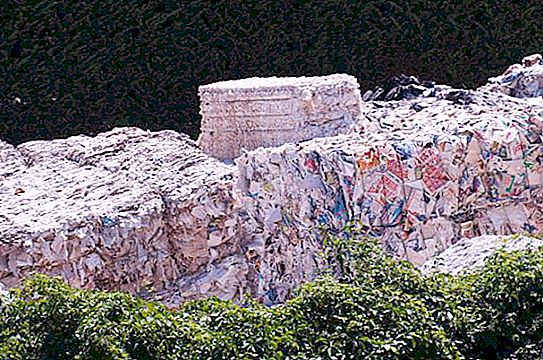
What does recycling paper include? What does it take to open your mini recycling plant?
Waste paper: ideas for business
Of course, the use of recycled materials is a noble and socially significant activity. But why is recycling of waste paper beneficial for an entrepreneur? In Russia, as elsewhere in the world, work on the recycling of raw materials is not only welcome, but may also find support from regional authorities, including financial.
Another advantage of waste paper recycling is the ability to organize a business with small starting investments. An entrepreneur can carry out not only a full processing cycle, but also make a profit by performing only one or several stages of waste paper processing.
Today, such paper business options are in demand:
- Reception (collection) of waste paper with subsequent sorting and pressing.
- Pulp production (partial processing).
- Waste paper and paper and paper products manufacturing plant.
Collection (reception) and sorting of secondary fiber
Building a business at the first stage of paper waste processing is the simplest solution that does not require tremendous financial investments. An indispensable condition for the organization of such an enterprise is the presence of one or more available enterprises that process secondary fiber.
The business of primary processing of paper recycled materials includes the following steps:
- Collection (reception) of waste paper.
- Sorting and pressing.
- Sale of paper recycled materials to processing enterprises.
How to organize waste paper collection
Initial investments will require the rental of a warehouse and the purchase of equipment - a paper press. A press machine, depending on the power, will cost from 70 to 500 thousand. Transportation costs should also be included in the estimate of the paper raw materials collection business: purchase and maintenance of freight transport for the transport of waste paper and finished pressed material.

First of all, in order to undertake uninterrupted supply of waste paper to enterprises engaged in the processing of waste paper, it will be necessary to establish permanent sources for obtaining raw materials. You can do this in different ways: open and advertise your “collection point” for paper waste, enter into agreements with small companies and entrepreneurs who are interested in the removal of paper waste, install containers for collecting waste paper near residential buildings, schools, office buildings.
Paper waste sorting
The next stage is the sorting and pressing of recycled paper raw materials. At this stage of processing, all actions are performed manually.
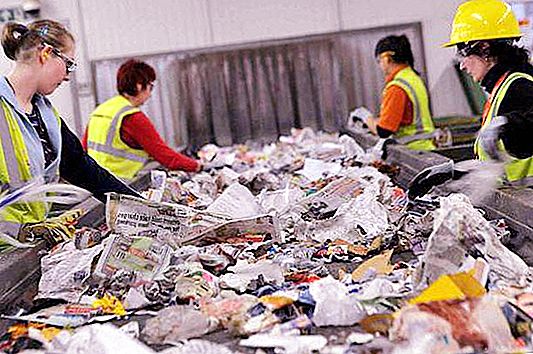
It is necessary to carefully sort out and separate all “paperless” items - the remains of scotch tape, cellophane, poorly soluble substances, metal staples. Further, all raw materials are divided into three categories:
- High quality waste (category A). These include white “office” paper, white paper bags.
- Medium quality (category B) is all other waste except newspapers and cardboard of any type.
- Poor quality paper (category B). These are newspapers and cardboard “screened out” from the second group.
After separation, paper raw materials are pressed and delivered to recycling plants.
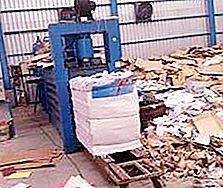
In general, a business such as waste paper collection has many advantages. The only drawback is the rather low price paid by enterprises that accept recycled materials for processing. Today, the average cost of pressed raw materials is from 1, 000 to 3, 000 rubles per ton.
Partial recycling
To get more profit, you can consider such a variant of activity as partial or initial processing of waste paper into pulp, that is, into finished raw materials for paper production. Such an enterprise can be cost-effective if it is located near a medium or large pulp and paper mill with which it is possible to conclude an agreement on the supply of pulp.
Processing of recycled paper materials into pulp takes place in several stages. First, the waste paper is soaked for some time in water. The wet mass is crushed and passed through a special sieve - at this stage, the small debris remaining after sorting is finally screened out. The paper pulp is disinfected and bleached (if there is appropriate equipment in the production line) and whipped with a foaming agent. The resulting mass is wrung out, dried. The resulting mass, which is called pulp, is supplied to the processing plant.
Partial processing workshop organization
Accordingly, for the processing workshop you will need to purchase a production line consisting of the following equipment:
- Production tanks for soaking waste paper, storage and tanks for stirring.
- Pumps, sifters.
- Equipment for the disinfection and bleaching of raw materials.
- Foaming machine.
Of course, the organization of a workshop for the processing of waste paper into pulp will require significantly more financial investments than the collection and sorting of paper raw materials. Depending on the capacity and the country of origin, a ready-made line for processing recycled paper raw materials into pulp will have to pay from 500 thousand rubles. In addition, additional staff and transportation costs will be required.
But the income from the sale of finished primary raw materials is incomparably higher. Today, the average price per ton of pulp varies from 25 to 40 thousand rubles.
Full recycling cycle. Recycled paper products
It's no secret that a mini-paper for recycling waste paper into paper pays off much faster than a collection point for waste paper. However, the organization of such a business will require not only a large start-up capital investment. It will be much more difficult to organize a mini-plant: it will be necessary to hire personnel, ensure uninterrupted supply of sufficient quantities of raw materials, and organize sales channels for our own products. There are also many requirements and safety standards for the production premises and the organization of labor.
In a small enterprise, depending on the equipment, it is possible to establish the production of paper napkins, toilet paper, cardboard, kraft paper.

